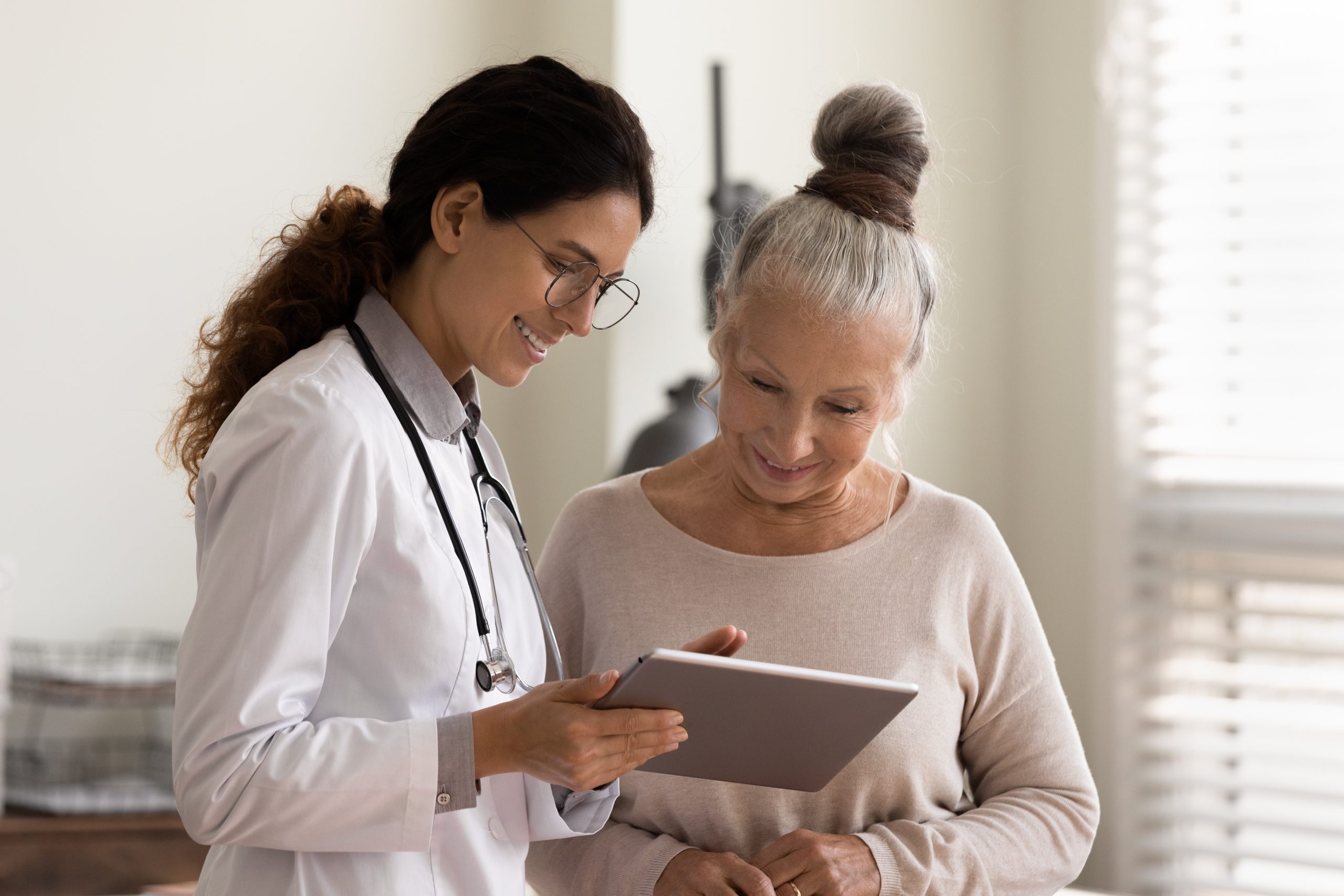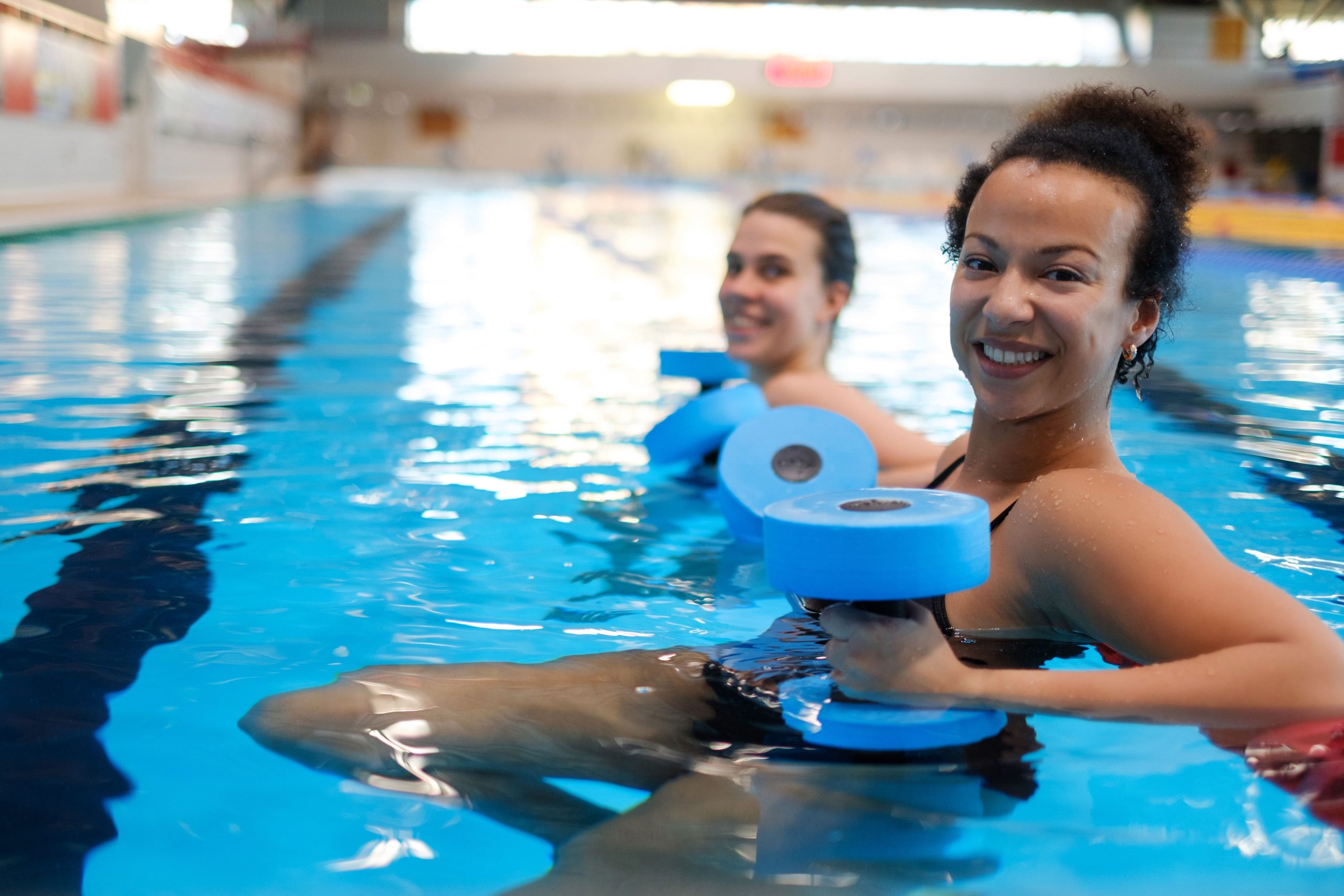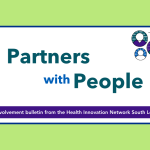Adopting new ways of working after many years of practice can be daunting for a healthcare professional: “What if I/we get it wrong?”. Harm to a patient or patients, a complaint, an investigation, a referral to the professional regulator and personal harm immediately come to mind. This is compounded by resource pressures, whether financial, psychological or physical, which contribute to a sense of not being able to “afford” to get it wrong.
This is at odds with the almost universally-accepted principle that when it comes to innovation if you don’t ever get it wrong, you will never get it right. There are many accounts from successful innovators of the role of failure in their success – thinking slowly about failing quickly is their approach. Yet the NHS’s natural and understandable aversion to risk can, ironically, lead to further failure in lots of small ways and occasionally, tragically, in some very big ways.
If we have no dedicated space for failure, then every space becomes prone to failure.Dr James Woollard
Creating space and time for failing safely is critical to other high-performance, high-risk industries. If we have no dedicated space for failure, then every space becomes prone to failure. One way we can enable this is through simulation. Simulation spaces have been adopted in healthcare professional training, for example around high-risk situations like resuscitation. However, they have not yet been widely applied to the adoption of new digital health technologies (DHTs) in clinical practice. I recently heard an innovator aptly describe the NHS’s adoption methodology for DHTs as “spray and pray”.
With this in mind, Dr Victoria Betton, Dr Asanga Fernando and I applied for funding from the HIN to run a pilot of simulation labs to help mental health professionals to become more comfortable talking about digital health technologies with patients and carers.
The project brought together simulation experts, clinicians, technology owners and digital clinical leadership to produce a range of insights for different users. Clinicians found it helpful to play with and experience different approaches for talking about technology with patients. Furthermore, they also understood how to make the best use of technology as part of that process. Tablet computers, for example, are better for shared exploration of an app than the tiny screen of a smartphone, particularly with concerns about social distancing.
Clinicians wanted app owners to produce more standardised information about digital health technologies that could be used to support this process. They also wanted simulation or trial modes that would allow the clinician to explore an app without having to pretend to be a young person. The digital health technology developer involved in the lab has taken this learning on board and is working on supporting clinicians to have good conversation about their products. For the simulation team, we had further insight in how to organise and run simulation experiences around clinical scenarios involving DHTs.
As a digital clinical leader, concerned with clinical safety, usability, and evidence for effectiveness, I am keen to continue to develop and use simulation-based approaches at all stages of the innovation lifecycle. By doing this we can ensure we have DHTs that work for patients and clinicians, are safe and deliver good value. As a child psychiatrist, I see we have much to relearn about playfulness as a serious endeavour for learning. I hope we have the courage to “pause and play” through simulation rather than “spray and pray” when it comes to innovation and digital health technology adoption.
Find Our More
Find out more about the simulation lab pilot in the full evaluation report.
Read the Simulation Lab Report







